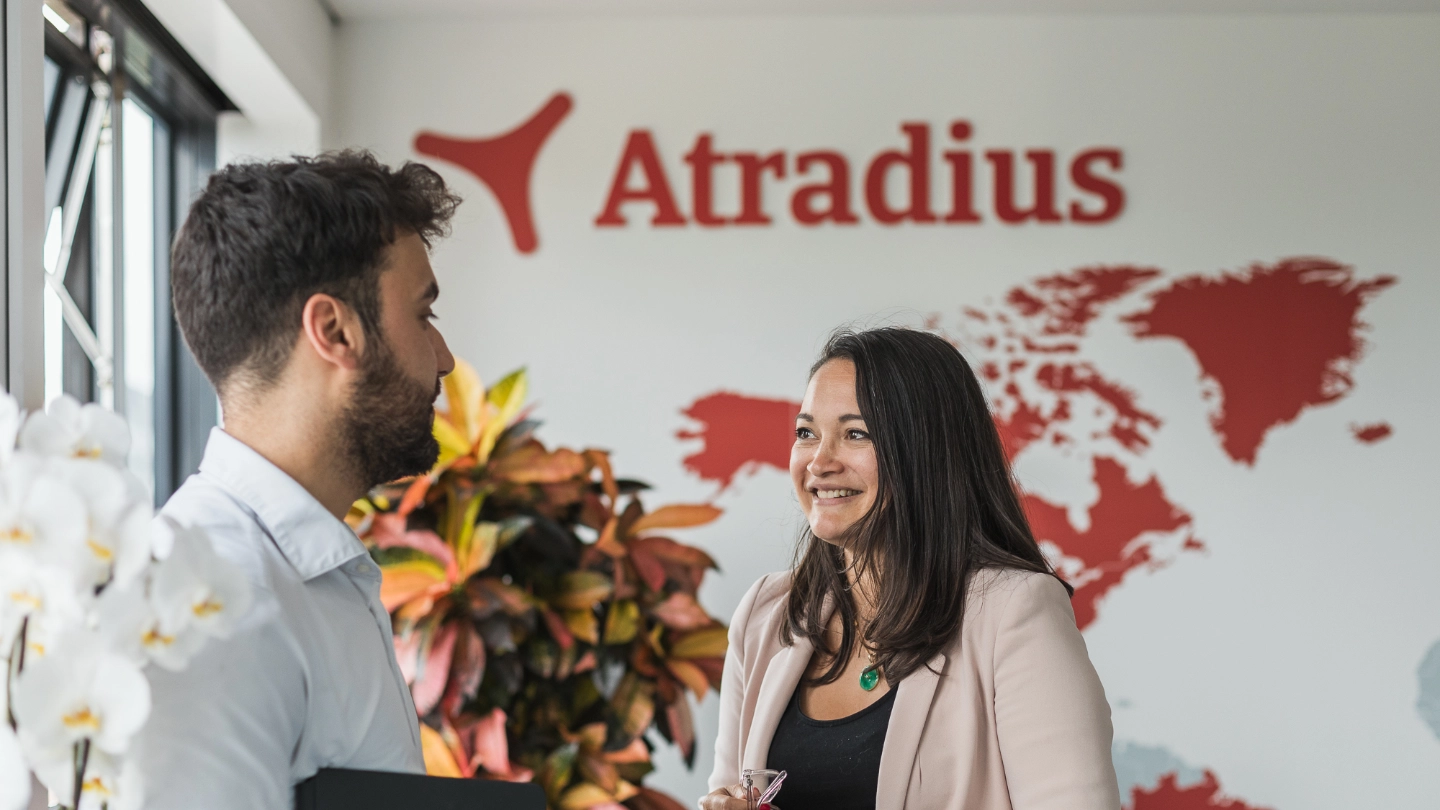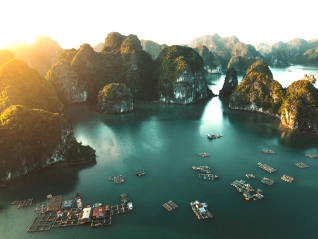Atradius Atrium
Get direct access to your policy information, credit limit application tools and insights.
 Australia offices
Australia offices












Load more
Viewing 7 out of 135






Load more
Viewing 7 out of 24







Load more
Viewing 7 out of 12







Load more
Viewing 7 out of 8







Load more
Viewing 7 out of 9
